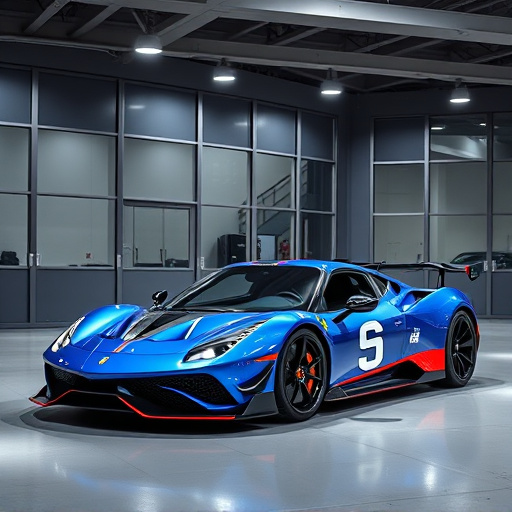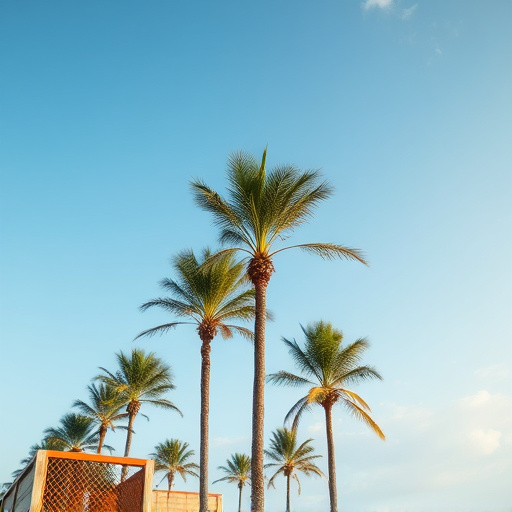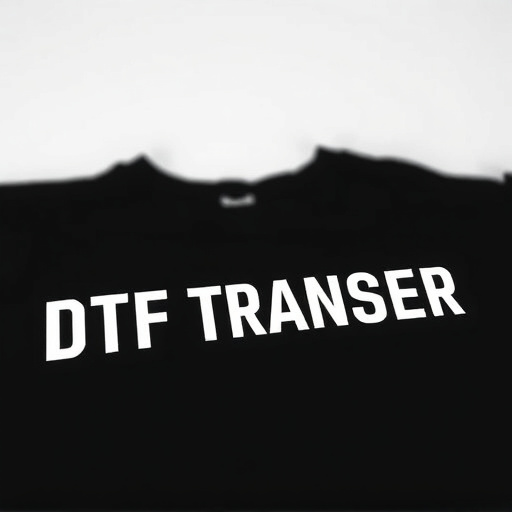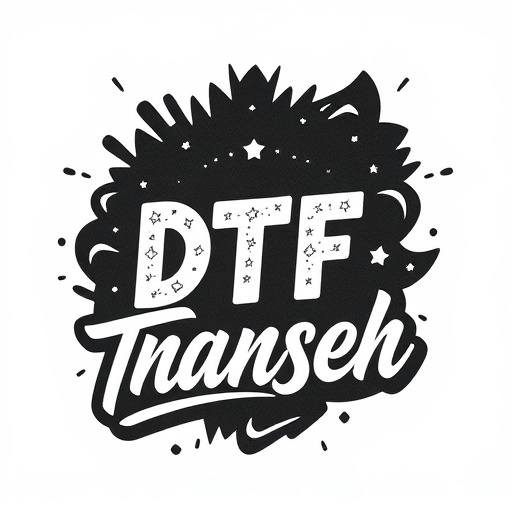Direct to Fabric (DTF) technology is a cutting-edge method for printing designs directly onto fabric while it's warm. This process eliminates the need for screens or lengthy setup times, offering fast turnaround and high-quality results on various materials. DTF involves printing onto special transfer paper and then heat-treating it onto fabrics like cotton and synthetic blends. It's popular in custom apparel and screen printing, streamlining workflows, enabling rapid customization, and accommodating diverse fabric types. DTF transfers are permanent yet removable, ideal for temporary designs with vibrant colors and intricate details. This versatile method is suitable for textiles, apparel, promotional items, and home decor, appealing to small-scale artisans and large manufacturers alike. Proper temperature management ensures consistent quality, and evolving technology expands DTF's applications across sectors.
“Discover the innovative world of DTF Transfer technology, a game-changer in customization and printing. This article offers an in-depth look at the process behind DTF transfers, their benefits for various industries, and the latest trends shaping the future of design.
From understanding the science behind warm-applied DTF prints to exploring their versatility, we’ll guide you through the key aspects. Learn how this technology enhances efficiency while ensuring quality and consistency in every design. Get ready to dive into the exciting possibilities of DTF Printing.”
- Understanding DTF Transfer Technology: A Comprehensive Overview
- Benefits of Using DTF Transfers for Customization and Efficiency
- The Process: How DTF Printing Creates Removable Warm-Applied Designs
- Applications: Industries and Products Ideal for DTF Transfers
- Ensuring Quality and Consistency in DTF Prints: Best Practices
- Future Trends: Innovations Expanding the Use of DTF Transfers
Understanding DTF Transfer Technology: A Comprehensive Overview
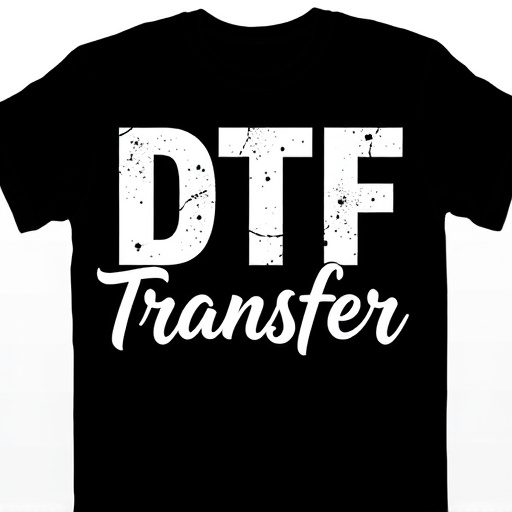
The DTF (Direct to Fabric) transfer technology is a game-changer in the world of textile printing, offering a fast and efficient method for applying designs directly onto fabric while it’s still warm. This innovative process revolutionizes traditional printing techniques by eliminating the need for complicated screens or costly set-up times. With DTF transfers, printers can achieve vibrant, durable prints on a variety of materials, from cotton t-shirts to synthetic blends.
DTF Printing involves several steps: first, the design is digitally printed onto a special transfer paper using a high-resolution printer. This transfer paper acts as a temporary carrier for the design. Once printed, the DTF print is carefully positioned on the warm fabric and pressed or heat-treated to fuse the inks into the fibers of the material. The result is a long-lasting, high-quality image that retains its vibrancy even after numerous washes. This technology is particularly popular among custom apparel manufacturers and screen printers looking to offer quick turnaround times and cater to diverse customer demands.
Benefits of Using DTF Transfers for Customization and Efficiency
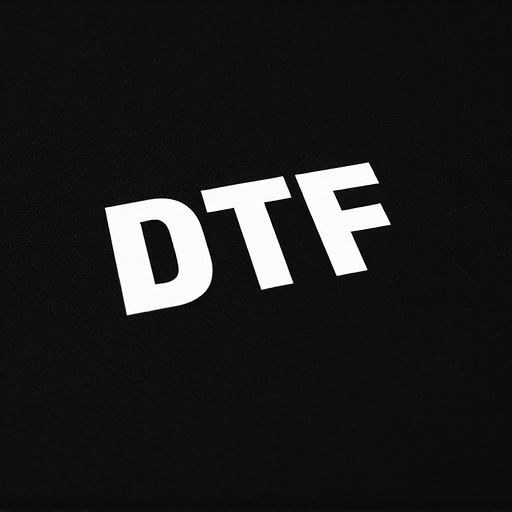
Using DTF (Direct to Fabric) Transfers offers a multitude of advantages for both customization and efficiency in various industries. One of its key benefits is the ability to apply intricate designs directly onto fabrics while they’re still warm, ensuring a lasting and high-quality print. This method eliminates the need for lengthy cooling processes typically required by traditional printing techniques.
DTF Printing allows businesses to streamline their production workflows significantly. It enables rapid customization, making it ideal for small batch runs or even single item orders. Moreover, DTF Transfers are versatile, suitable for a wide range of fabrics and materials, further enhancing their utility in different sectors, from apparel to home decor.
The Process: How DTF Printing Creates Removable Warm-Applied Designs
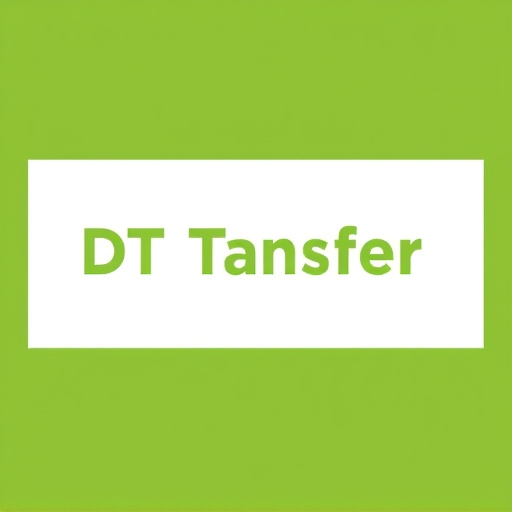
The process of creating removable warm-applied designs with DTF (Direct to Fabric) printing is a game-changer in the world of textile design. It involves a unique approach where transfers are designed and printed directly onto fabric using specialized ink and equipment. This method ensures that the transfer can be applied while the fabric is still warm, allowing for a secure yet reversible bond.
DTF Printing enables designers to produce high-quality prints with vibrant colors and intricate details. The process starts with creating a digital design using specific software, which is then printed onto a heat-sensitive paper or film. Once transferred to the fabric, the print is activated by applying heat, typically through a press or heat gun, causing the ink to bond permanently to the fabric fibers. The key advantage lies in the fact that these transfers can be removed without leaving any residue, making it perfect for creating customizable, temporary designs or for those who wish to experiment with different styles without long-term commitment.
Applications: Industries and Products Ideal for DTF Transfers

DTF Transfers, or Direct to Fabric transfers, offer a versatile and efficient printing method suitable for a wide range of industries and products. This technique is ideal for businesses looking to create custom designs on various fabrics while maintaining a fast turnaround time. The applications of DTF Printing are diverse, catering to both small-scale artisans and large-scale manufacturers.
Textile and apparel companies frequently utilize DTF Transfers to produce unique patterns and logos on t-shirts, hoodies, and other garments. Its ability to print directly onto fabric ensures vibrant and long-lasting colors, making it perfect for creating stylish and eye-catching clothing lines. Additionally, the method is well-suited for promotional items like tote bags, hats, and mugs, allowing businesses to offer personalized gifts or merchandise to customers and sponsors. DTF Printing’s convenience and high-quality results make it a preferred choice for events, team uniforms, and custom home decor items.
Ensuring Quality and Consistency in DTF Prints: Best Practices

Ensuring high-quality and consistent results with DTF (Direct to Fabric) transfers requires careful consideration during the printing process. One of the key practices is maintaining optimal temperatures throughout. As the name suggests, DTF transfers are designed to be applied while the fabric is still warm, typically between 130°C – 150°C. This ensures that the ink fuses permanently with the fabric fibers. When prints are allowed to cool before application, the ink might not adhere properly, leading to potential bleeding, smudging, or even peeling.
To guarantee consistency, print shops should establish precise temperature controls and monitor them regularly. Using high-quality printing materials and inks specifically designed for DTF applications is another vital best practice. These specialized inks offer superior color vibrancy and opacity, ensuring the final prints remain crisp and vibrant even after heating. Additionally, maintaining clean printing plates and screens minimizes ink buildup, which can cause inconsistent results across different transfers.
Future Trends: Innovations Expanding the Use of DTF Transfers

As technology continues to evolve, so too does the realm of DTF (Direct To Fabric) transfers. Future trends suggest a growing adoption of this printing method across various industries. Innovations such as enhanced DTF printing technologies are expanding the use cases for DTF transfers, making them suitable for everything from custom apparel and accessories to promotional items and even home decor.
Advanced materials and ink formulations promise improved durability and vibrant colors in DTF prints, addressing previous concerns about their longevity. Additionally, the integration of digital design tools is streamlining the creation process, enabling designers to produce complex and intricate patterns with ease. This evolution indicates that DTF transfers are set to play a more prominent role in the future, offering businesses and individuals a versatile and efficient way to bring their creative visions to life on a variety of materials while still warm.

